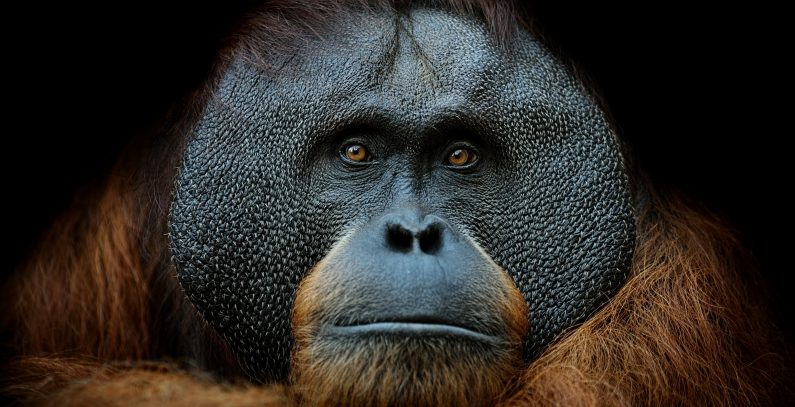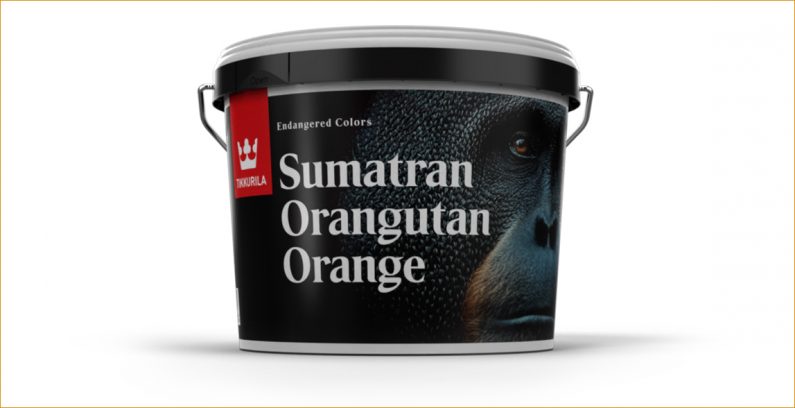
Photo: Tikkurila
Finnish paint manufacturer Tikkurila is launching the Endangered Colors collection, which consists of nine different colors, each representing an endangered animal species – such as giant panda, Siberian tiger, and snowy owl, according to a press release from the company.
Tikkurila donates one euro per sold Endangered Color package to the protection of endangered animals, according to the product’s website.
One million animal and plant species are now threatened with extinction, many within decades, more than ever before in human history, according to a report by the Intergovernmental Science-Policy Platform on Biodiversity and Ecosystem Services (IPBES).
And as species go extinct, unique colors are forever lost, the Nordic paint company adds.
Nine colors, nine threatened animal species

As the name suggests, the colors included in Tikkurila’s Endangered Colors collection draw from the colors of threatened animal species. The collection consists of nine colors, each representing one threatened species.
The species in the product family include, for example, Siamese fighting fish, Siberian tiger, giant panda, and Sumatran orangutan.
Low-emission paint in an environmentally friendly package

The new paints and their packages are designed to be as environmentally friendly as possible. All the products in Endangered Colors collection are low-emission, water-borne paints and packed in packages made of recycled plastic, Tikkurila says.
“Quality, sustainability and safety are our guiding principles in raw material selection and product development, and throughout all our operations. Our goal is to continuously reduce our environmental impact by investing in the development and promotion of water-borne and low-emission paints,” says Elisa Markula, CEO at Tikkurila.
Tikkurila’s Endangered Colors collection will be first launched in Russia, China, Finland, and the Baltics. The new paints arrive in stores in 2020.
Tikkurila, a Nasdaq Helsinki-listed company, has EUR 562 million in revenue in 2018.
Gudmark Group is the official distributor of the Tikkurila brand for Serbia and the Balkans.
In 2011, Tikkurila bought Zorka Color in Serbia. In late 2017, it reached an agreement to sell 100% of the Serbian company’s share capital to the local management. The company, which has since operated as Gudmark Group, continued the production of the Zorka Color range and distributing Tikkurila products in the Balkans.









Be the first one to comment on this article.